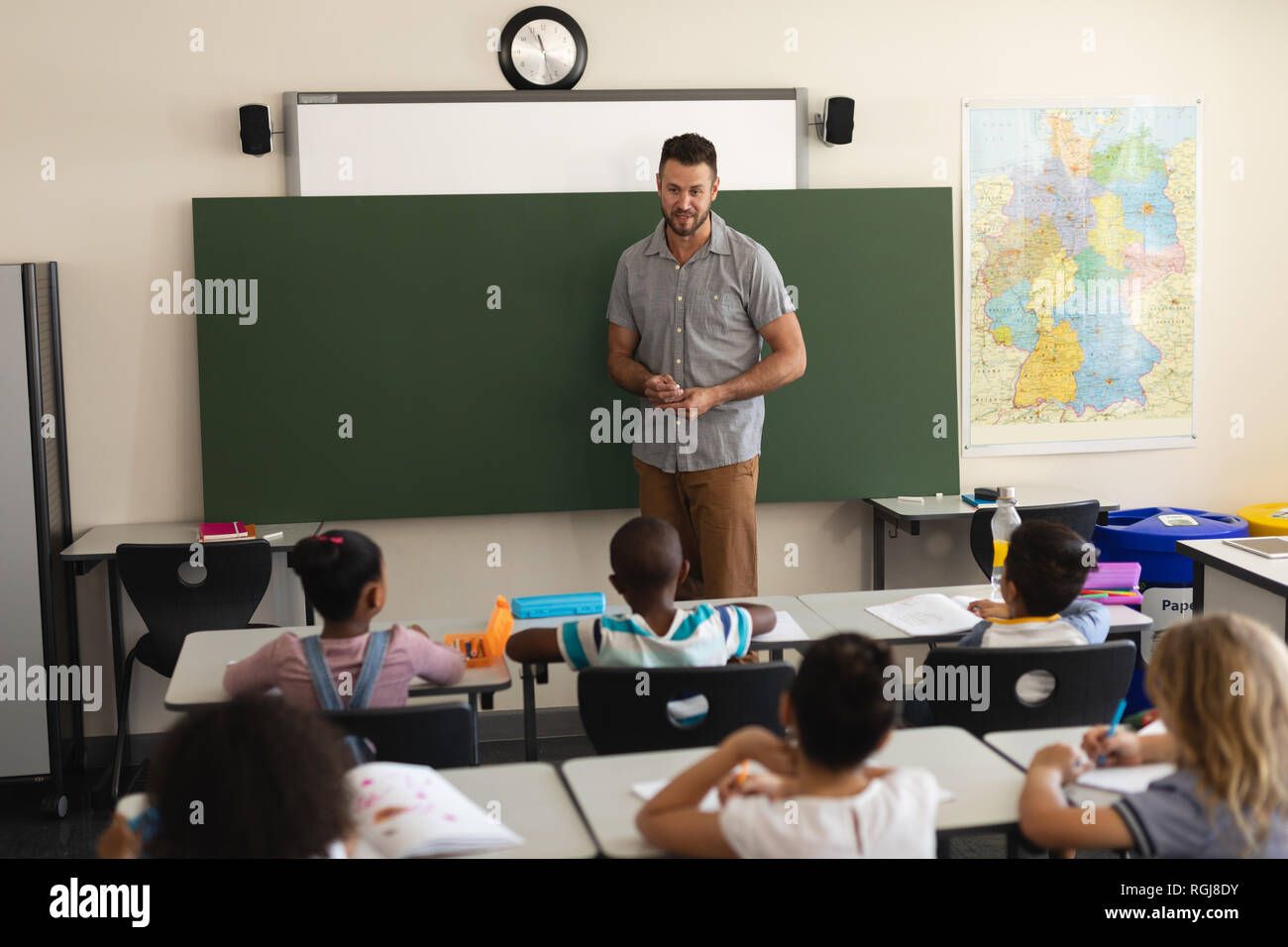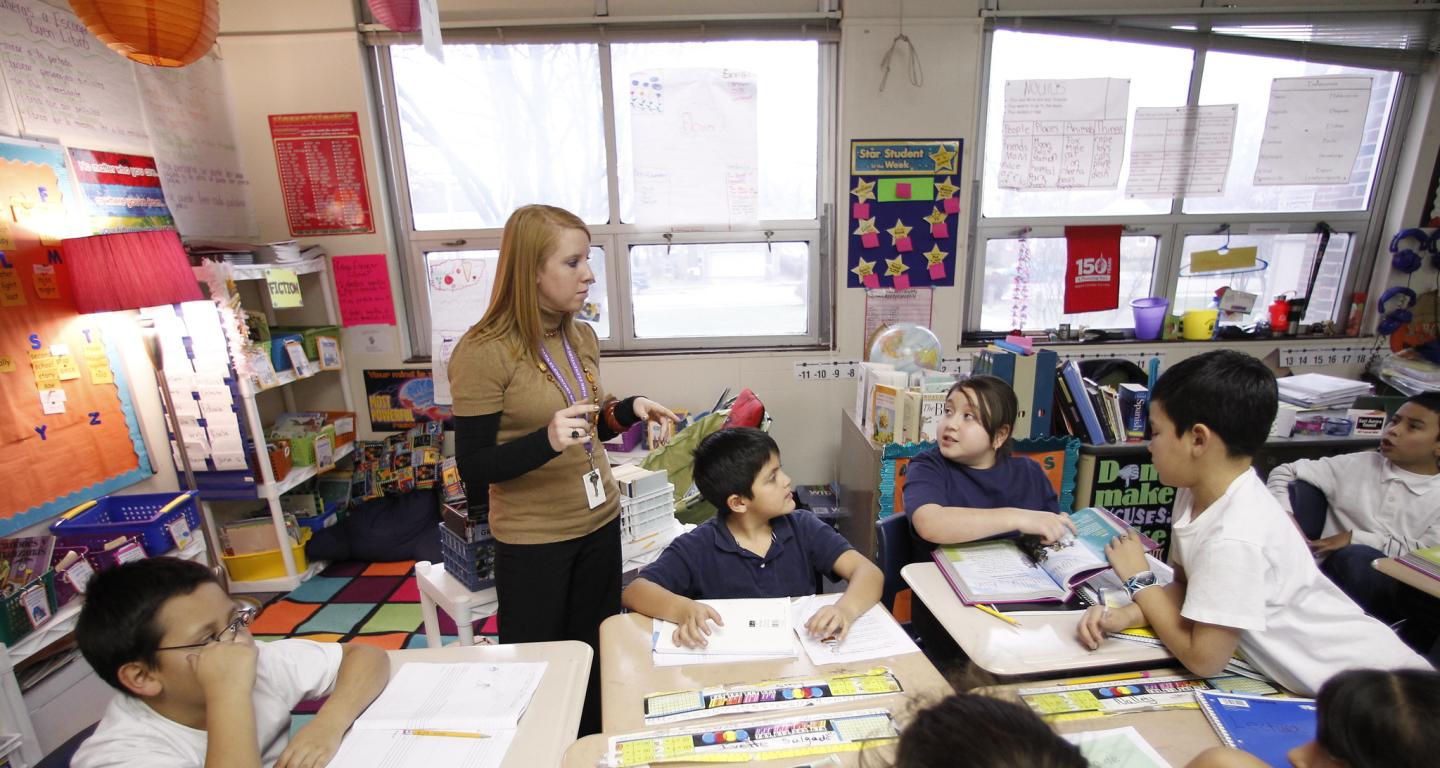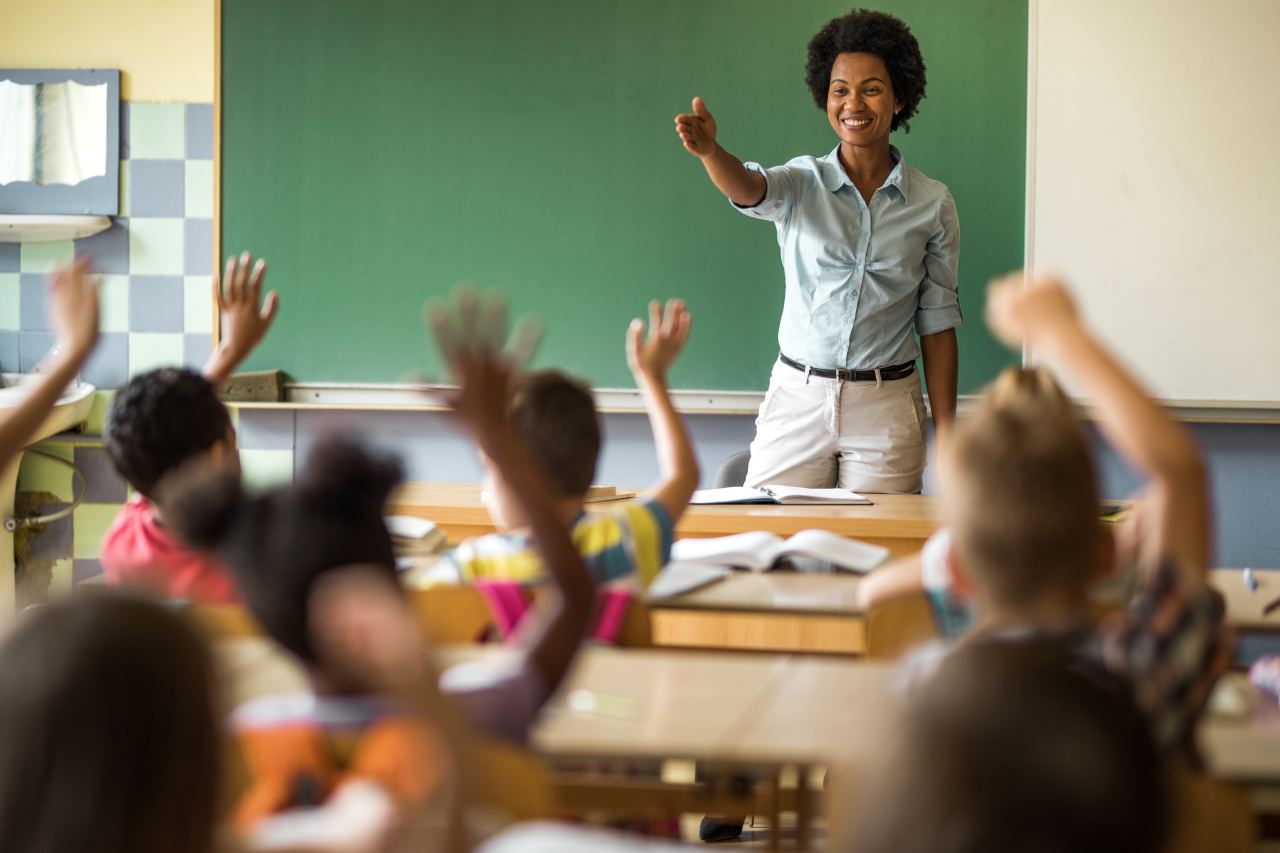Improve Your Child’s Performance with Primary Science Tuition Singapore
Improve Your Child’s Performance with Primary Science Tuition Singapore
Blog Article
Checking Out the Different Mentor Approaches in Primary Science Education And Learning Today
The landscape of key scientific research education and learning is evolving, with different training strategies getting prominence in contemporary classrooms. Inquiry-based discovering, hands-on experiments, and the combination of technology are redefining how teachers engage young minds. Furthermore, collective strategies and set apart guideline are being used to cater to the diverse needs of students, improving both interaction and understanding. As we take a look at these methods, questions develop about their efficiency and the implications for future educational methods. What might these changes in strategy mean for the next generation of learners?
Inquiry-Based Understanding
Inquiry-Based Discovering (IBL) is a pedagogical strategy that urges pupils to explore clinical ideas via doubting, investigation, and hands-on trial and error. This method stresses the duty of pupils as energetic individuals in their learning, advertising essential reasoning and analytical skills. By engaging with real-world concerns, pupils end up being inspired and curious, which improves their understanding of clinical concepts.
In IBL, educators function as facilitators, leading students as they navigate their queries instead of providing information directly. This student-centered approach permits for distinction, fitting different discovering designs and paces. Pupils create abilities in creating hypotheses, designing experiments, and examining information, which are essential for clinical literacy.
In addition, IBL cultivates cooperation amongst students, encouraging them to share findings and concepts. This collective inquiry advertises social abilities and a feeling of neighborhood within the classroom. In addition, the process of query encourages durability, as pupils find out to accept failing as a tipping rock towards understanding.
Hands-On Experiments
Hands-on experiments are an essential element of efficient science education, enhancing the principles of inquiry-based understanding. These experiments permit students to engage straight with scientific ideas, cultivating a deeper understanding through experiential knowing. By manipulating materials and observing end results, young students can comprehend abstract theories in tangible ways.
Such activities promote essential reasoning and analytic skills, as pupils hypothesize end results, conduct experiments, and evaluate results. This procedure encourages them to ask concerns, refine their understanding, and create a clinical way of thinking. Additionally, hands-on experiments can be customized to diverse discovering designs, making sure that all trainees have the opportunity to involve meaningfully with the material.
Moreover, hands-on experiments frequently urge cooperation amongst peers, promoting team effort and interaction skills. Working in groups enables trainees to share concepts, review findings, and pick up from one another, which enhances their overall academic experience.
Integrating hands-on experiments right into the key science curriculum not just enriches the learning environment yet likewise grows a lifelong rate of interest in scientific research. By proactively participating in their education, trainees are much more likely to establish an enthusiasm for clinical query that extends beyond the classroom.

Technology Integration
Integrating innovation into main scientific research education and learning has become significantly vital in cultivating pupil engagement and improving discovering end results. Making use of electronic tools, such as interactive simulations, digital labs, and educational software, provides students with possibilities to check out clinical concepts in innovative means. These sources assist in a deeper understanding of intricate subjects by allowing students to envision and control variables that would be not practical in a typical class setting.
Moreover, modern technology combination encourages personalized finding out experiences. Trainees can progress at their own rate, taking another look at challenging principles through multimedia resources, which cater to different discovering styles. This versatility not only supports private development however also cultivates a feeling of autonomy in learners.
Furthermore, innovation functions as a bridge to real-world scientific research, connecting trainees with present study and expert contributions. Access to on-line data sources and scientific journals widens students' viewpoints on scientific query and fosters critical believing skills.
Collaborative Discovering
Collaborative understanding plays an important duty in primary scientific research education by cultivating teamwork and interaction skills amongst students. This strategy encourages students to interact, share knowledge, and participate in analytical, which improves their understanding of scientific concepts. By joining group tasks, students find out to express their ideas, pay attention to varied perspectives, and work out find out options, all of which are important abilities in both scholastic and real-world contexts.

Study suggests that joint discovering can lead to boosted motivation and interaction in scientific research topics, as students locate pleasure in common experiences (primary science tuition Singapore). In addition, this technique prepares pupils for future joint ventures, furnishing them with the skills needed for reliable teamwork in college and specialist settings. Inevitably, welcoming collaborative discovering in main science education can dramatically enrich the understanding experience and promote a much deeper understanding of scientific questions
Distinguished Direction

Set apart direction can materialize in various methods, such as varying the content, processes, or products of learning. Instructors may make use of tiered jobs that supply differing degrees of complexity, allowing students to work at their respective preparedness degrees. Furthermore, versatile grouping strategies can promote collaboration among pupils with different capabilities, promoting peer understanding.
Evaluation plays a critical role in this strategy, as it notifies instruction and aids teachers understand each student's special requirements. Formative evaluations, such as tests and observations, can assist teachers in readjusting their methods to improve finding out end results. primary science tuition Singapore. Inevitably, by implementing differentiated here are the findings guideline in main science education and learning, teachers can cultivate an extra reliable and fair learning atmosphere, equipping all pupils to reach their complete possibility in understanding scientific phenomena
Final Thought
In recap, the diverse mentor techniques in main scientific research education, consisting of inquiry-based understanding, hands-on experiments, innovation assimilation, joint understanding, and differentiated guideline, jointly contribute to an extra reliable discovering atmosphere. These methods promote critical reasoning, analytical abilities, and a deeper comprehension of scientific ideas. By carrying out these techniques, educators can produce interesting and helpful classrooms that deal with the different demands of trainees, eventually fostering a lifelong interest in scientific research and enhancing academic accomplishment.
Inquiry-Based image source Understanding (IBL) is an instructional technique that encourages students to explore clinical ideas through doubting, investigation, and hands-on trial and error.Collaborative understanding plays an essential role in primary scientific research education by fostering teamwork and communication abilities amongst trainees.Study suggests that collaborative knowing can lead to enhanced motivation and engagement in scientific research subjects, as pupils locate satisfaction in shared experiences.In fostering a comprehensive knowing setting, differentiated instruction arises as a key strategy to fit the diverse needs and abilities of trainees in primary scientific research education and learning. Eventually, by carrying out set apart instruction in key scientific research education and learning, instructors can cultivate an extra equitable and efficient understanding environment, empowering all students to reach their full possibility in comprehending clinical sensations.
Report this page